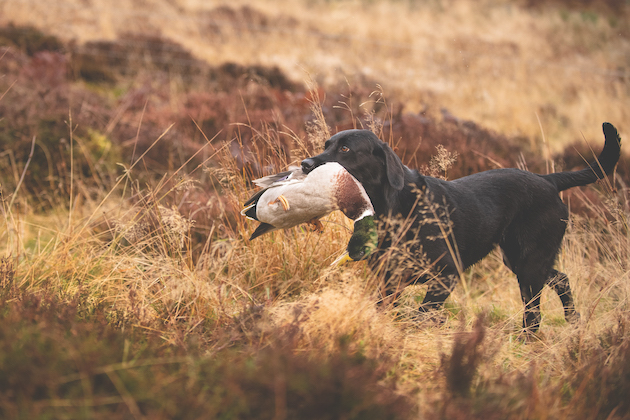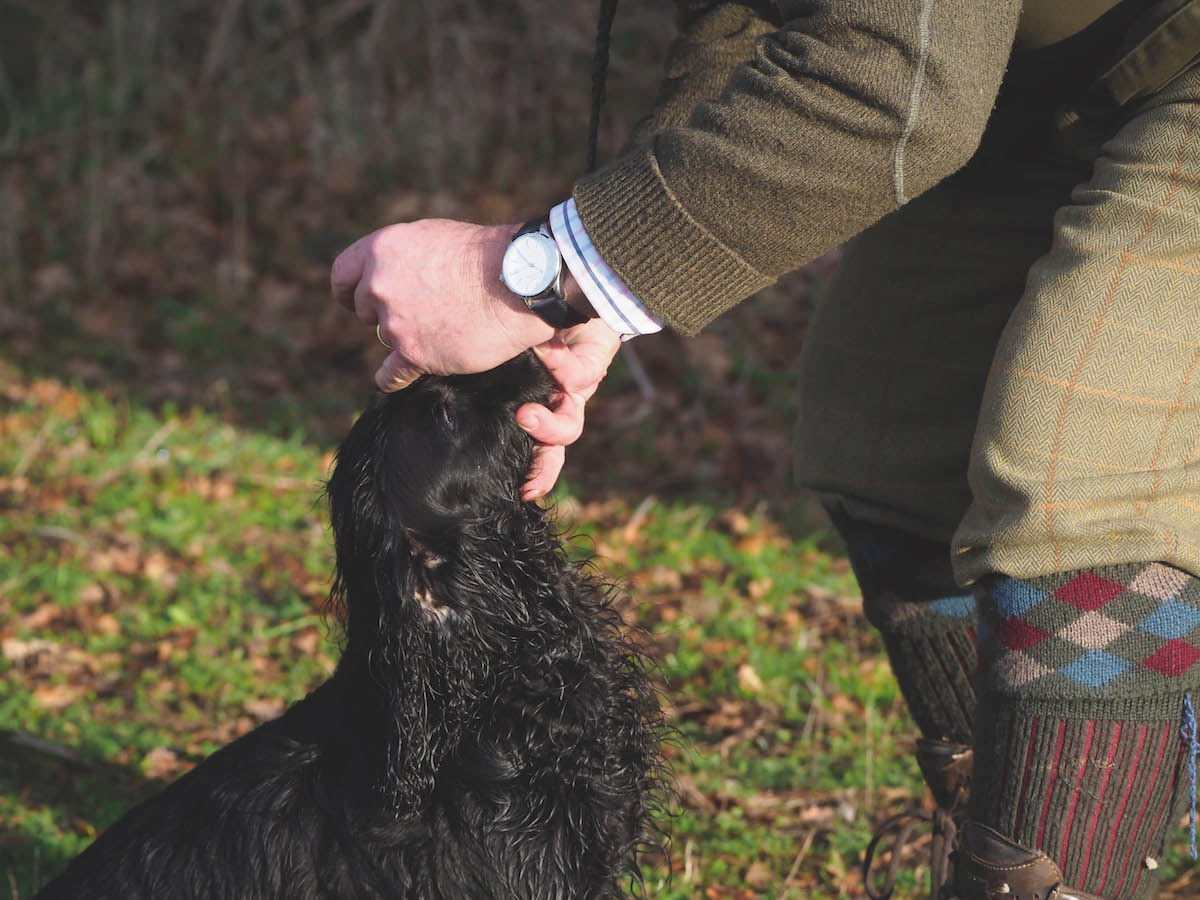What are the symptoms of Lyme disease in dogs?
Lyme Disease isn't just confined to humans. Dogs can get it too, warns vet Neil McIntosh

Gundogs often go where ticks will be
Lyme disease in dogs can cause
- Swollen, painful joints
- Lameness
- Fever
- Malaise
- Enlarged lymph node
- Eye, kidney and heart problems
Working dogs are vulnerable as they are often in locations where infected ticks will be present – such as heathland, moorland and fields. In endemic areas of Lyme disease around 75% of dogs will be infected but only around 5-10% become unwell. (Read what you need to know about ticks and Lyme disease.)
It is hard to make a definite diagnosis of Lyme disease in dogs as it can become apparent long after a tick bite. However treatment is available in the form of antibiotics such as doxycycline or amoxicillin which are usually effective. (You might also like to read “Are ticks and keds the same?”)
Prevention is better than cure
Always check your dog over carefully after exercise, work and training and have a specialist tick removing tool to hand.

A tick embedded into the skin of dog
What is the best way to remove a tick from a dog?
First of all I can advise you not to douse it with petrol (keep for lawnmower), spirit (use for paint brush cleaning), whisky (drink it yourself), nail varnish (save it for the weekend), or Vaseline.
If you do anything horrible to an embedded tick it will grip hold with its mouthparts, making it more likely that these are subsequently left in the dog, and it will vomit anti-coagulant into the patient, resulting in increased chance of disease transmission. So, similarly, do not burn it, squash it or pull at it.
- Make absolutely sure that it is a tick and not a skin tag or suchlike.
- Get a hooked tick remover.
- Gently slide it under the tick and turn it continuously (don’t pull!) until the tick comes away.
- About two per cent of ticks carry Lyme Disease so don’t then pulverise it to death, potentially spreading bugs everywhere! We have a tick bin at work, which is a container filled with spirit into which they are deposited. You might put it in an old pill bottle, jar or zip poly bag and put it in the bin or flush it down the loo.
- Now, wash your hands.
Since most diseases are transmitted more than 24 hours after ticks attach, daily checking is required. Better still, control ticks with a modern, prescription only, effective product as recommended by your vet. In my experience, over the counter products do not work very well, if at all.








